Healing from Burnout for Individuals with a Sensitive Nervous System
Burnout is a pressing concern for individuals with a sensitive nervous system, affecting countless people worldwide. If you fall into this category, you understand the overwhelming nature of burnout and the challenges it presents. Escaping its grip can be challenging, and the physical symptoms may be taking a toll on your overall well-being. In this blog post, we will explore effective strategies for treating burnout and restoring your sense of balance.
If you are a sensitive individual grappling with burnout, you may be wondering how to recover and prevent it from recurring in the future. The first crucial step is to acknowledge the problem and find the motivation and trust that you can break free from this cycle.
Recovering from Burnout: A Multi-faceted Approach
For individuals with a sensitive nervous system, burnout extends beyond mere physical and emotional exhaustion. It often stems from a lack of effective coping mechanisms to handle overwhelming stress. The question arises: How can we improve? How can we reduce stress? And what does burnout recovery truly entail?
Remember these key points as you navigate your healing journey:
1. You are not alone in your struggles, and seeking support can have a profound impact on your well-being.
2. It is possible to recover from burnout.
3. The physical symptoms and emotional damage caused by burnout can be reversed.
4. It is important to remain resilient and committed to your recovery. While healing takes time, you can and will improve.
Visualizing Recovery with the Cup Analogy
Our society often glorifies and rewards extreme dedication and hard work, making it crucial for us to recognize the warning signs of burnout.
When you are driven by purpose, passion, or a strong sense of duty, such as being a high performer or caregiver, it becomes challenging to take heed of the signals your body and nervous system are sending you.
From personal experience, I recall juggling the demands of daily clinical work with patients and managing my digital health startup. Eventually, my body delivered a powerful message, and I developed a condition known as rosacea—a significant wake-up call that marked the beginning of my personal healing journey. Paying attention to what your body communicates and taking appropriate action is essential.
Essential Steps to Recover from Burnout
The recovery process from burnout encompasses three fundamental steps:
1. Identifying and managing the stressors that have led to your current state. This may entail making lifestyle changes, such as reducing workplace demands, fostering a calmer work environment, or adopting a more relaxed schedule.
2. Developing effective coping strategies and stress management techniques to better handle stressors when they arise.
3. Addressing and healing the traits that contribute to overwhelm and burnout. This may involve enhancing awareness and management of sensitivity traits, cultivating a more secure attachment style, and healing the effects of trauma.
Conceptualizing burnout recovery as a cup can be helpful. On one hand, we aim to reduce and control the inflow of stressors into the cup. This may involve setting boundaries, saying "no" more often, and prioritizing self-care. On the other hand, we work towards expanding the cup's capacity. This includes acquiring new coping strategies, building a support system, and nurturing our self-esteem.
By both limiting the inflow and expanding the capacity, we gradually heal from burnout.
Managing Stressors: Identifying and Finding Solutions
Many individuals experiencing burnout report that their stressors originate from their work environment. Long hours, excessive workloads, or challenging supervisors can contribute to severe work-related stress. Some individuals feel perpetually unable to take a break or find that their work is incessant.
However, burnout stressors can also stem from personal aspects. Caregivers, for instance, face significant stress due to multiple job demands.
Regardless of the specific stressors, burnout commonly occurs when we feel continuously pressured and unable to relax. Identifying the precise stressors is crucial to initiate the healing process and find appropriate solutions.
This may involve changing jobs, establishing boundaries at work, or seeking alternative ways to care for loved ones. Remember, you don't have to face these changes alone—there are individuals who can offer guidance and support.
Changing Your Response to Stressors: Developing Resilience
The second step focuses on transforming our response to stressors.
Determining the most effective approach to address burnout is challenging due to the lack of well-defined criteria for this condition. However, research suggests that a personalized approach that encompasses emotional and physical elements is most beneficial.
Elements commonly included in a personalized approach are one-on-one support, bodywork, emotional regulation techniques, and interventions related to sleep and nutrition.
Emotionally, it is crucial to address the underlying causes of stress and anxiety. Developing self-awareness is a pivotal aspect of the burnout recovery process. This may involve working on self-esteem, setting boundaries, or cultivating a more secure attachment style.
Physically, we strive to reduce stress hormones in our body. Techniques such as deep breathing, a nutrient-rich diet, regular exercise, and other relaxation strategies can aid in achieving this goal.
Both emotional and physical approaches are essential for healing from burnout. However, it is crucial to remember that each person's journey is unique, and seeking professional assistance when needed should not be overlooked.
Addressing Personality Traits: Expanding Capacity
The third step in the burnout recovery process involves working on our personality traits.
Sensitive individuals often process experiences more deeply than others, which can manifest as perfectionism, difficulty setting boundaries, increased susceptibility to anxiety and depression, and more.
The objective is to expand our capacity by examining how we perceive stressors, how we internally process them, and how our bodies respond to stress.
Perfectionism, for instance, significantly contributes to chronic stress and burnout. By understanding the roots of our perfectionistic tendencies, we can gradually alter our internal frameworks. This requires emotional introspection and acquiring new ways to respond to stressors. Undoubtedly, this is no easy task.
Our nervous system is highly efficient at responding to stress in the same manner, emphasizing the importance of harnessing its neuroplasticity. By training our nervous system to respond differently to stress, we initiate the healing process from burnout.
On a physical level, we aim to train our sensitive bodies and nervous systems to thrive under moderate levels of stress.
Although stress is often considered undesirable and something to be avoided, moderate stressors can contribute to increased resilience, adaptability, and success.
The ultimate goal is not only to address and manage the current state of burnout but also to prevent its recurrence in the future. This requires more than self-care or discipline, as commonly suggested. It involves developing tools and coping strategies that enable us to effectively manage stress in our lives.
In Conclusion
When faced with a health crisis resulting from burnout, I made the challenging decision to step back, slow down, and reconsider the trajectory of my life. Although difficult, it was a necessary choice.
If you are grappling with burnout, I encourage you to view it as more than a mere problem requiring a quick fix. It presents an opportunity for growth and transformation.
Perhaps it serves as a personal health crisis, but it is so much more than that.
This could be your chance to start anew, redefine your concept of happiness, and live an authentic life true to yourself.
It might involve changing careers, reevaluating relationships, or discovering new hobbies that bring you joy. Although not without its challenges, you may find yourself increasingly grateful for this opportunity amidst the struggle.
Now
, I'm not suggesting that burnout is something to be sought after. However, if you do find yourself experiencing it, try to embrace it as a catalyst for positive change in your life.
Who knows? It might be the very impetus you need to create the life you've always envisioned for yourself.
Warmly,
Tekin Meric, MSc
Counselor & Coach
If you would like to receive counseling or coaching support as you navigate your life issues, please feel free to reach out. I would be honored to hold space for you online or in my practice in Amsterdam.



